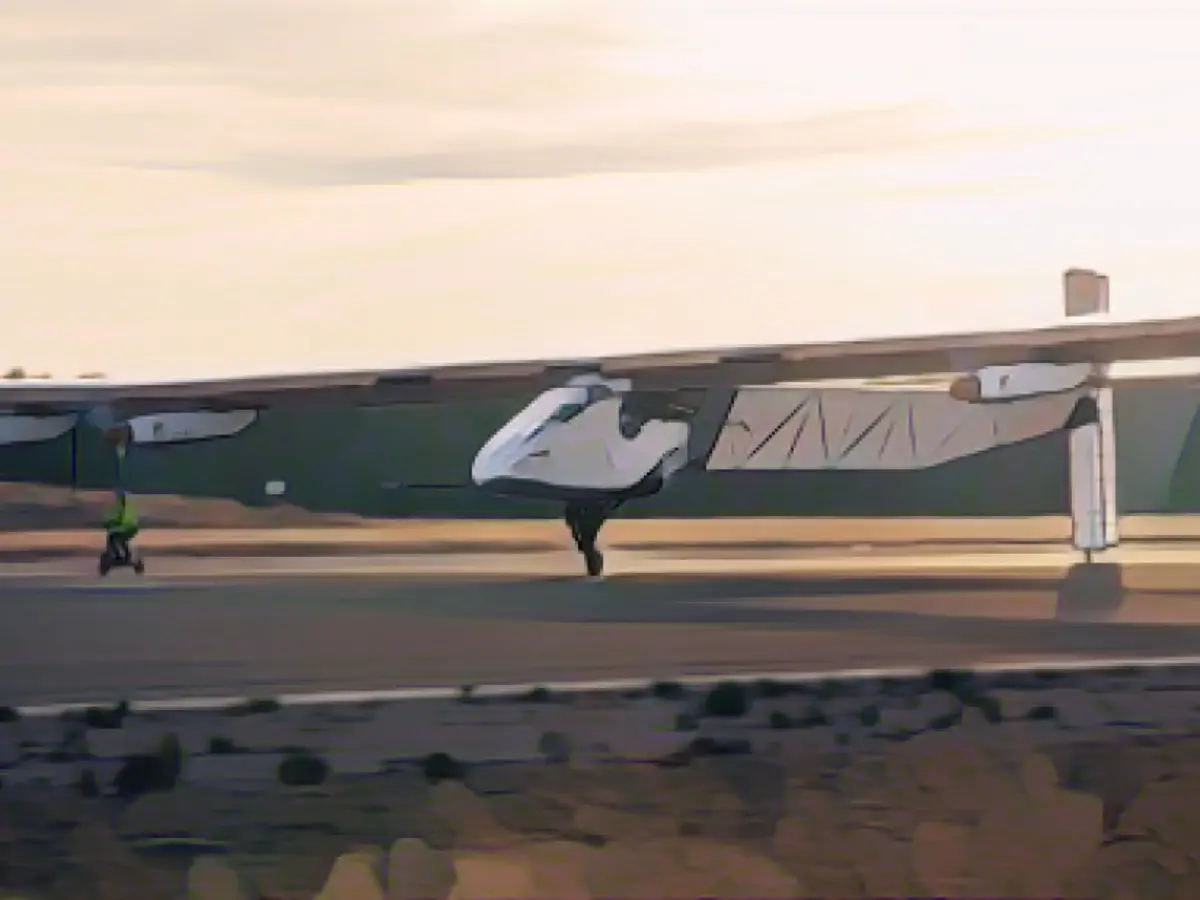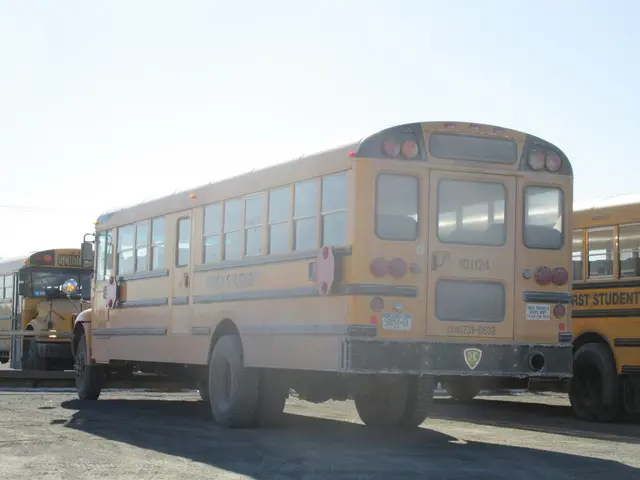Flying for Months on End: How Solar-Powered Planes Revolutionize Satellites
From flying a record-setting solar-powered plane, Bertrand Piccard and Bertrand Borschberg revolutionized the concept of renewable energy. After achieving their goal, the Swiss pioneers handed the project over to American and Spanish startup Skydweller Aero.
Skydweller's primary objective is to transform the Solar Impulse 2 into the world's first, commercially viable "Pseudolite." Similar to a satellite, this lightweight aircraft can circle the Earth without needing to land for months or even years.
“A Pseudolite is an aircraft that stays in the air indefinitely,” said Robert Miller, Skydweller's CEO. “Thirty, sixty, ninety days – maybe even a year. It can pretty much do anything you'd want from a satellite.” This includes telecommunications, imaging, disaster relief, and resource management.
Affordable and Environmentally Friendly
The use of solar-powered aircraft for such tasks offers numerous benefits. First, it is more flexible and cost-effective since building satellites and launching them into orbit using rockets is quite expensive. Second, solar-powered flights produce little to zero emissions, making them eco-friendly and contributing less to space debris.
Recent research on large satellite constellations raised concerns about releasing harmful chemicals into the atmosphere when they re-enter, potentially damaging the ozone layer. This is not an issue with solar-powered planes.
The Solar-Powered Drone Evolution
Skydweller Aero has been working diligently on the modified aircraft since acquiring it in 2019. By November 2020, the company had conducted a flight test and followed it up with twelve additional tests in sunny Spain.
Robert Miller explained, "We're turning it into a drone. The pilot is there for safety reasons, but we now have the ability to autonomously fly the aircraft."
However, takeoff and landing remain under the pilot's control. Skydweller plans to add automation features, eventually removing pilots altogether to enable the plane to fly for weeks or even months at a time (the longest Solar Impulse 2 flight lasted less than five days).
Market Potential
Skydweller hopes to deploy its solar-powered drones by 2023. With this innovation, companies like Facebook and Google have demonstrated interest in pseudo-lites but have yet to produce a commercial product.
As demand for Skydweller’s services rises, the firm's Vice President of Business Development, Jeremiah Gertler, expressed his belief in the market's potential. "The need for the kind of services that Skydweller offers is certainly there," he said. "While there are other solutions available for long-duration missions, Skydweller has clear advantages."
State and Military Interest
The Skydweller project attracted attention from state and military organizations from the start. The U.S. Navy invested 5 million dollars to investigate the aircraft's potential for sea patrols. Although U.S. defense organizations use drones for a limited 30-hour duration, there's a growing interest in alternative technologies for long-term missions.
Environmental Applications
Skydweller aircraft are also beneficial for environmental conservation purposes, such as monitoring the use of natural resources. The aircraft can detect illegal fishing activities or oil spills from deep-sea drilling, for example. These tasks are challenging when undertaken from satellites.
Challenges and Future Developments
There are still challenges to overcome, such as solar aircraft's dependence on sunlight for flight, and regulatory issues surrounding the use of drones for extended missions. However, Miller believes the technology will precede any regulatory changes.
Conclusion
Skydweller's mission is to innovate the future of aerospace by transforming solar-powered drones into sustainable alternatives to traditional satellites. Not only could this technology help mitigate the harmful environmental impact of satellite constellations, but it could also open up new possibilities for telecommunications, surveillance, and disaster response.








